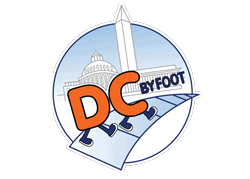This post is a guide to the Korean War Veterans Memorial in Washington, DC and covers how to get here as well as explaining its symbolism.
Overview
The memorial is dedicated to the millions of Americans who served their country during this military conflict as well as 21 other nations that fought by America's side.
This rather unique memorial is often passed by, but for those visitors who have a chance to experience it, they often leave thinking it is one of their favorites.
The memorial is made up of 4 components, including a memorial wall, a pool of remembrance and a wall dedicated to the United Nations nations who took part in the conflict.
However, it is the group of 19 lifelike statues that stand out and make the memorial unique. Read more about the design in the next few sections.
PLAN YOUR VISIT
Operating Hours
The Korean War Veterans Memorial is open 24 hours a day and National Park Service Rangers are on duty from 9:30 a.m. until 10 pm (22:00) daily, except for Christmas Day, to answer questions.
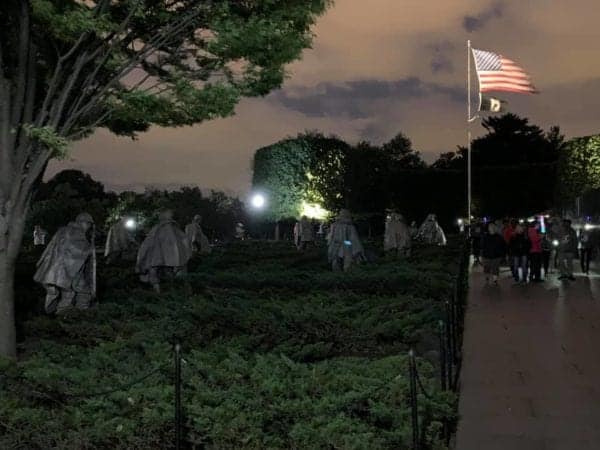
The memorial doesn't have a bookshop or restroom facilities, but those can be accessed at the neighboring Lincoln Memorial.
The Korean Memorial is a popular memorial to visit at night.
It is lit in a moving way and is included on our Moonlight and Memorials tour. Though rangers are not on site all night it is relatively safe.
How to Get Here
The Korean War Veterans Memorial is located on the west end of the National Mall, adjacent to the Lincoln Memorial and the Vietnam Veterans Memorial.
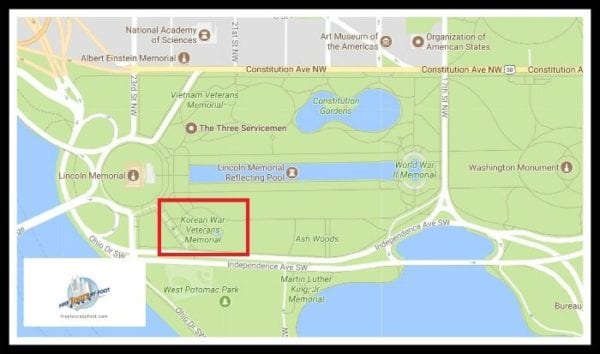
Regardless of how you decide to get here, we recommend using this Google map for directions.
Due to its location, you might find it beneficial to also plan to visit other memorials that are adjacent or nearby, such as:
- Thomas Jefferson Memorial
- MLK Memorial
- Lincoln Memorial
- Franklin Delano Roosevelt Memorial
- Vietnam Veterans Memorial
- World War 2 Memorial
Be sure to read our guide to the National Mall as well as our guide to all memorials and monuments in Washington, DC.
The memorial is not located close to a Metro Station, but it is serviced during the day with the free Circulator Bus and is a 20-minute walk from Foggy Bottom Metro station.
Public Transit
There are 2 Metro stations of note. The closest Metro station is the Foggy Bottom Station (Blue/Orange/Silver).
It's about a 20-minute walking from the Metro station to the Memorial.
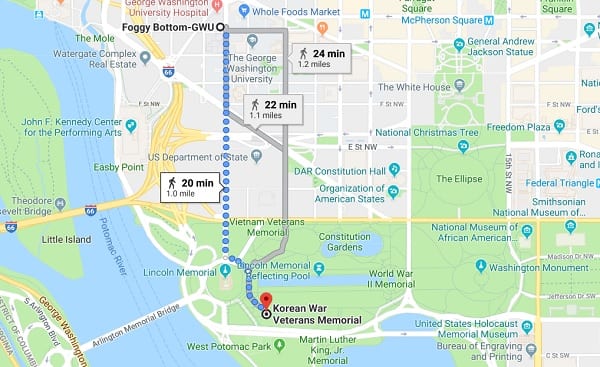
There is only one exit at Foggy Bottom, which lets you out on 23rd Street.
When you exit, make an immediate right turn onto 23rd Street and follow that down until you reach Constitution Avenue.
Walk past the Lincoln Memorial and the Korean War Veterans Memorial will be on your left.
Depending on where you are coming from, you might consider taking the Smithsonian Metro Station and walking. It's approximately a 20-minute walk as well.
Parking
Parking can be found along Ohio Drive, just to the west of the MLK Memorial and south of the Lincoln Memorial.
Additional parking is located behind the Jefferson Memorial along Ohio Drive in parking lots A, B, and C.
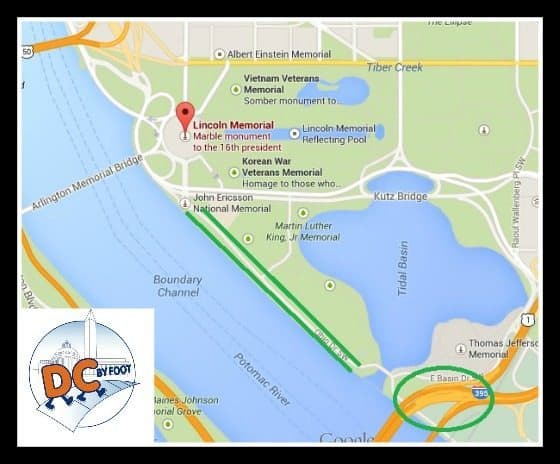
During peak tourism seasons, parking is very limited, but if you are patient, you will find spots here.
These spots are metered and have a time limit so pay attention to the signage.
There are a few commercial parking facilities in the area. You can pay online ahead of time for a guaranteed space with SpotHero.
To reserve your parking spot, visit the National Mall SpotHero Parking Page and book a spot with rates up to 50% off drive-up.
New to SpotHero? Click here to download the SpotHero app.
DESIGN AND SYMBOLISM OF THE MEMORIAL
The Korean War Veterans Memorial was dedicated on July 27, 1995, the anniversary of the Korean War Armistice.
It commemorates the sacrifices of the 5.8 million Americans who served in the U.S. armed services during the three-year period of the Korean War, from 1950 - 1953, and the UN nation partners.
There are several design elements to the memorial, so let's get started.
The 19 Statues
The first things that will catch your eyes as you approach the memorial are 19 stainless steel statues.
Each is approximately 20% larger than real life, standing 7 feet (2.1 m) tall and weighs nearly 1,000 pounds (450 kg).
They represent a squad on patrol, emerging from a forested area into open grounds in a wedge formation.
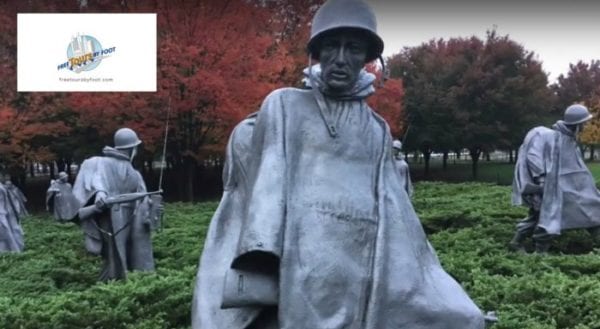
In the background, is a black polished granite wall with the outlines of the peaks and valleys of a mountain range, giving the appearance that these troops are walking along a valley (more on this below).
They represent 4 of the major branches of the U.S. military, with 14 Army, 3 Marines, 1 Navy medic and one Air Force forward observer.
The inclusion of the member of the Air Force is noteworthy, as the Korean War was the first combat of this branch, having been created only a few years earlier.
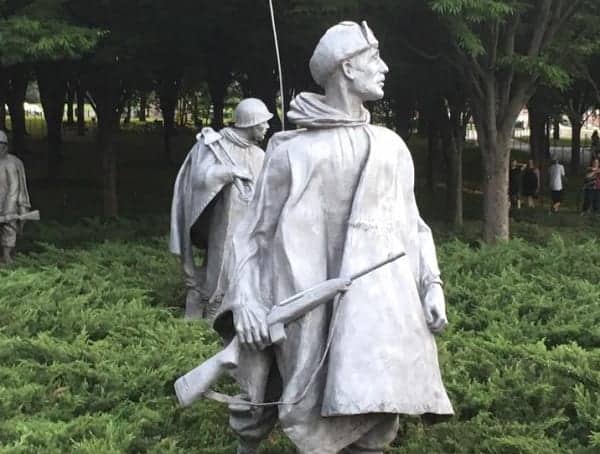
The U.S. Army Airman
A sharp eye should be able to figure out who is who, but we will be happy to show you on our tour of the memorial.
These detailed sculptures also represent an ethnic cross-section of the American melting pot.
Visitors will count 14 White, 3 African-American, 2 Hispanic, 1 Asian, and 1 Native American soldier.
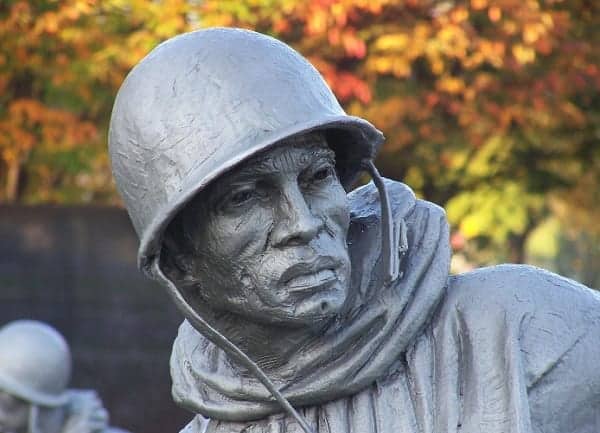
This symbolism is important because the Korean War was the first conflict since the American Revolutionary War that U.S. military units were not racially segregated.
This followed President Harry Truman's presidential order that integrated the U.S. Armed Forces a couple of years earlier.
The troops are also wearing ponchos and there are juniper bushes and granite slabs that cover the ground of the memorial.
This was an attempt to replicate the difficult elements, the bad weather and rugged terrain, that dogged the veterans throughout the war.
You should also notice that no matter where you are in the memorial, you will have the eyes of at least one of the statues looking at you.
They are alert to the enemy.
United Nations Wall
Many people miss a low-lying wall on the left side of the path, as your eyes naturally are pulled to the group of statues.
This wall lists in alphabetical order the 22 United Nations Member States, including the U.S.A. that contributed to the allied offensive, including troops, material, medical supplies, etc.
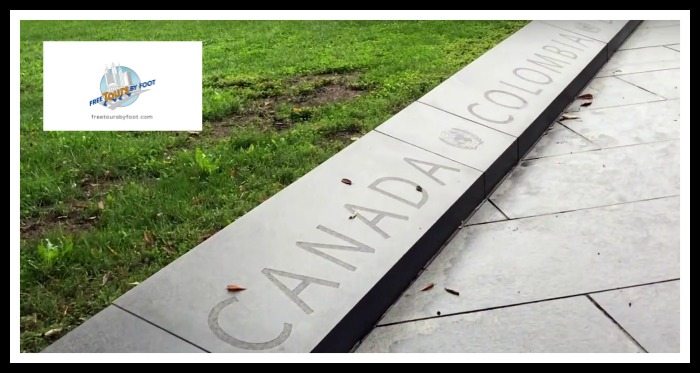
The Korean Conflict, as it was known at the time, was the first military action for the relatively new organization and a test of its resolve.
The U.S.A. did not declare war on North Korea, and it's important to note that there is no official treaty ending the war. Since 1953, an uneasy truce has been in effect.
The Pool of Remembrance
At the front of the formation of troops is a reflecting pool, which represents calmness and serenity.
Inscriptions along the side of the pool list the numbers killed, wounded, missing in action and held as prisoners of war for both the United Nations and the United States.

At the point of the wedge formation is inscribed:
"Our nation honors her sons and daughters who answered the call to defend a country they never knew and a people they never met. "
Opposite the inscriptions along the pool is the iconic inscription of the memorial, that "Freedom is Not Free".
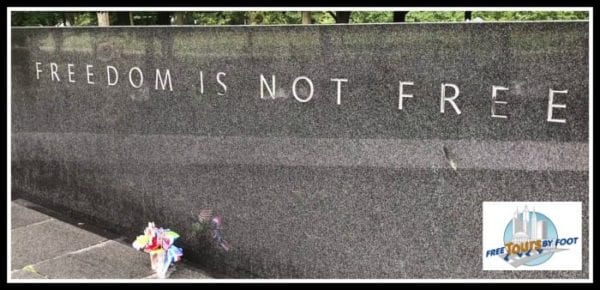
Around the Pool of Remembrance, a new addition to the memorial was unveiled in 2022. A 380′ memorial wall has been built that lists the names of the 36,574 Americans and approximately 8,000 U.S. Army Korean augmentation forces who died in the conflict.
THE MURAL WALL
As you begin to walk down the opposite side of the memorial, you will have the formation of troops on your right and the polished reflecting wall on your left.
The first thing you may notice is that you could see the reflections of the 19 statues in the wall. This was no accident.

The original design called for 38 statues, commemorating the 38th parallel north.
This is approximately where the Korean division stood when the U.S. became involved in the conflict and where the demilitarized zone exists to this day.
In order to fit the area allowed, the design incorporated the reflections to bring the total to 38 (19 statues and 19 reflections).
Etched into the wall are the images of roughly 2000 real Korean War veterans taken from photographs.
They represent the diverse make-up of the U.S. military during the war, with the exception of infantry (who are represented by the statues).
They include doctors, nurses, chaplains, engineers, flight and tank crews, and sailors.
If you think about it, these men and women served more of a support role for the infantry who were in the frontlines and taken together, these images collectively for the background mountain range that we mentioned previously.
There is more to this memorial, so why don't you let us tell you about it on a guided tour? We cover tours in the next section.
GUIDED TOURS AND RANGER TALKS
The Korean War Veterans Memorial is included in just about every guided tour in Washington DC's National Mall.
The memorial is a stop on 3 of our most popular walking tours.
- Daily National Mall Tours
- National Mall and Tidal Basin Tours
- Moonlight & Memorials tours - this memorial is one of our favorites to visit at night!
There are also several sightseeing bus tours, bike tours, and Segway tours that offer guided walks as part of their tours, including walks of the memorial.
Ranger Talks:
Park Rangers provide “interpretive programs” on the hour every hour from 10:00 am until 10 pm (22:00). These talks are free and no reservations are needed
App:
The Park Service also offers a visitor’s app for the National Mall for both Android and iPhone.
Related Content
